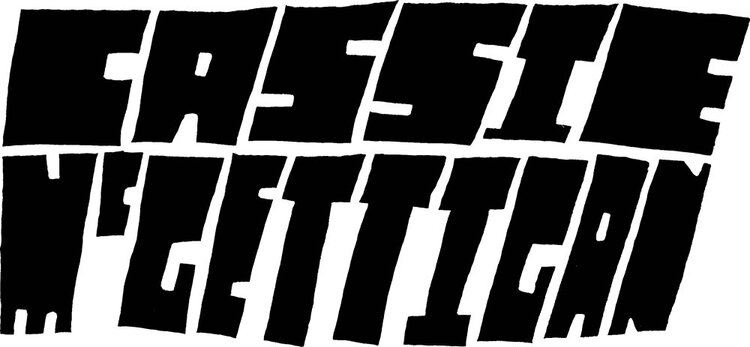Much in the way I began most of my girlhood diary entries with an apology for the interlude between entries, I would like to apologize now for taking off a few days in the course of this “daily” COUNTRY♀WOMEN self assignment. I’ve missed doing them, but I had a lot of fun in LA too :0) OK! These are the last ones I’ve got. After this comes the Anne Kent Rush extravaganza.
COUNTRY♀WOMEN #30: International Women
from "Women in Denmark"
Joan Wood
Another important proposal on the Danish horizon is made by the Children’s Commission and the Equality Council. The main idea of the law is to give a maximum leave of sixty-eight weeks- dealt between the parents over the first nine years of the child’s life. The Commission and Council believe in including the father more in the care of the newborn child. As they clearly state it, “It is just as important to support the family’s inner solidarity by having both parents take equal part in the responsibility and care of children in such a way that both the values of life and the burdens that are connected with it are shared more equally between the sexes.”
Most importantly, a law must be made that this leave of absence will not interrupt seniority, and an employer cannot fire an employee who uses his or her leave. Although this law most likely will not be approved in full, or be completely backed up financially, the fact alone that these parties in Parliament will be to the benefit of future parents and their offspring. For all the parties who use improvements in family life as their campaign slogans, this will also be a time to prove they are willing to stand behind their words, rather than think solely in terms of the costs.
COUNTRY♀WOMEN #25: Fiction
Fantasy
Denise Taylor
I bring you lilacs, tulips, daisies, daffodils, iris the color of sky at dusk over the coast of California. I want to remind you of summer, how it arrives in spite of our impatience. The days grow sluggish as snails and we too turn into sand creatures curled against each other on a blanket, books flat-faced where we left them. Already our faces are flushed. I pull the rose cotton shirt over my head and you watch me from the bed. I can see you in the mirror, aura of hair unkempt, your pale eyes amused at my preening. You think I am a bird stroking my own new wings, looking back at your approval. Laughing, I slip out for the pier to buy fresh prawns. Our future leans only as far as dinner. We are happy.
COUNTRY♀WOMEN #24: Personal Power
COUNTRY♀WOMEN #23: Class
This post originally appeared on the Gravel & Gold blog.




































































































